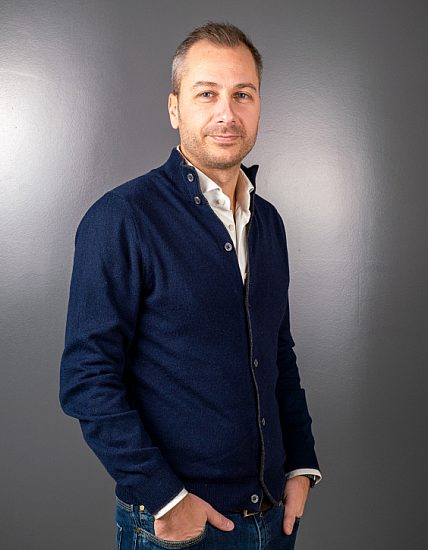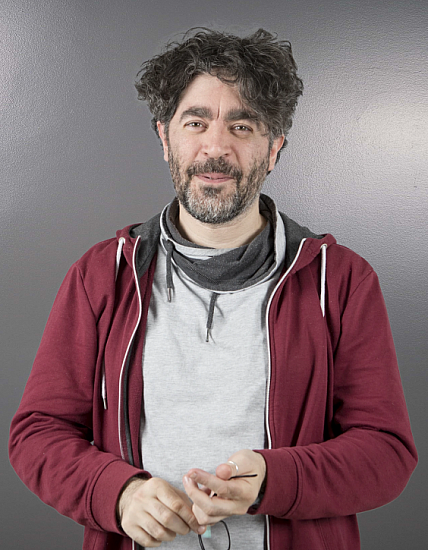I-Tel Sm@rtEVEN
A tele-monitoring system for doctors, nurses and patients.
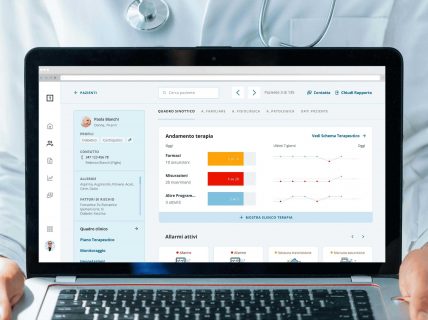
The client
I-Tel, software house devoted to the development of in-home products and services for companies and public administration, mainly related to HR management and digital health.
Revising the tele-monitoring system to enhance its strengths, encourage information flow continuity, support emergency management and facilitate diagnosis
Context and project
i-Tel is a company that provides integrated solutions for data and information multi-channel management. The company has been engaged in innovating and improving its software, both in terms of technology and infrastructure, and in terms of user experience and interfaces. As part of this process Tangible has supported i-Tel in revising and improving Sm@rtEVEN, a medical telemonitoring application, as well as part of the Sm@rtSuite.
Telemonitoring and information complexity
Monitoring chronic patients for prolonged periods of time requires a non-trivial reference ecosystem, consisting of several actors including doctors and specialised professionals, such as nurses and health workers, performing tasks simultaneously or at different times of the day on the same patients. Doctors often move from one situation to another, having to quickly retrieve the necessary information, while health workers more often find themselves having to deal promptly with widely different situations extending beyond their shift.
The redesign, strongly desired by i-Tel and carried out in collaboration with Tangible, analysed and intercepted friction points within doctors and operators working processes, making Sm@rtEVEN an indispensable aid tool, able to reduce implementation times and make the entire process more fluid.
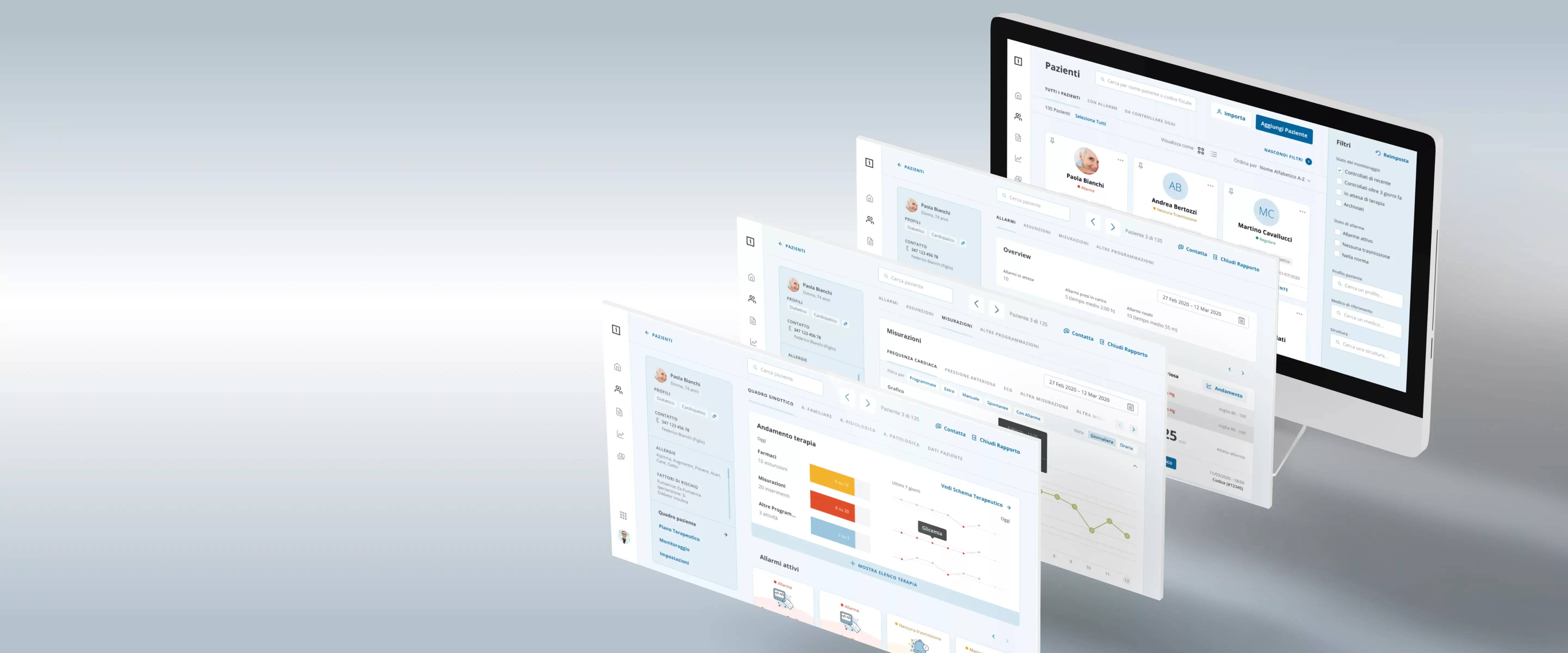
Patient record
The patient as a reference: the patient's record becomes the reference point for both operators and doctors. The synthesis of the most important information, in a single digital space, allows the doctor to have the patient's clinical picture at a glance, reducing both diagnosis time and possible errors. A timeline of interventions helps operators to have a clear view of the process up to the moment of their active involvement.
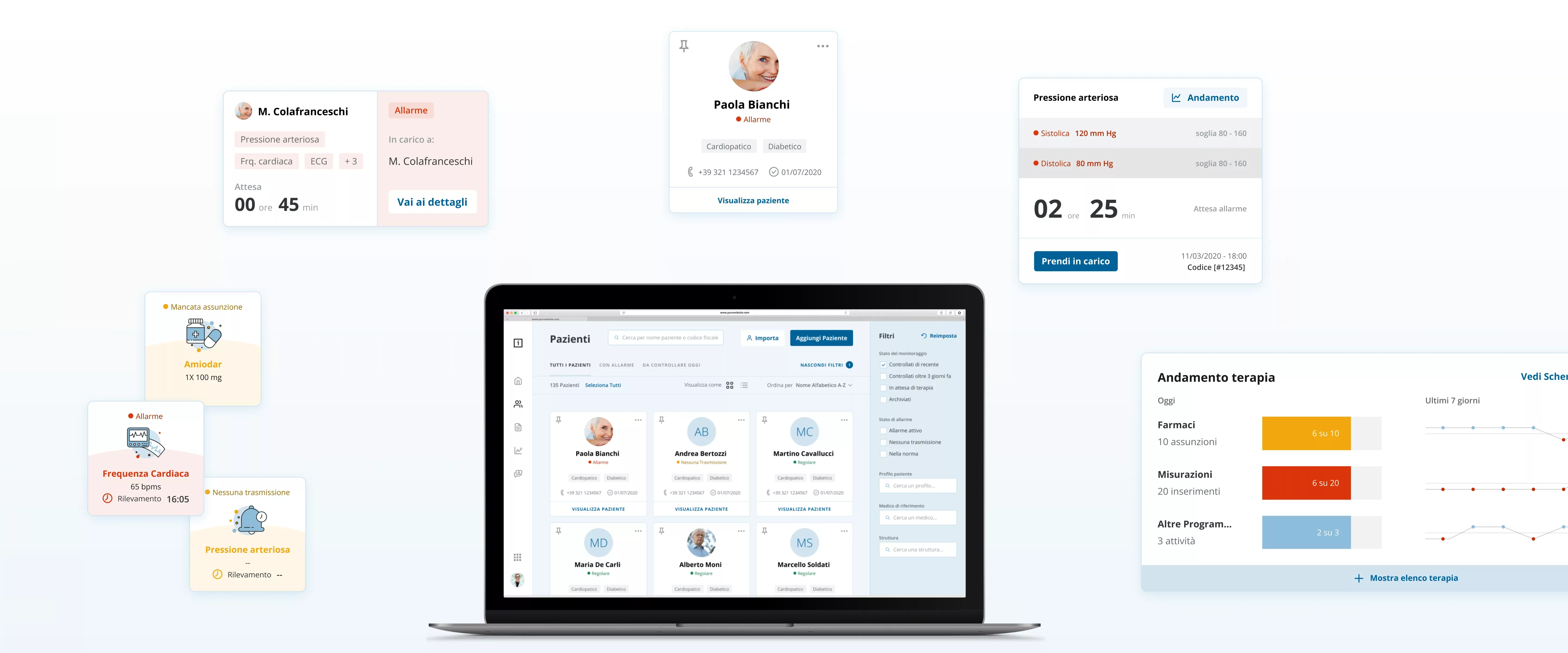
Alarms management
Reducing risk in information transmission: much of the operator's work revolves around alarms generated by measurements or actions. Without considering those carried out by patients. The management system must take into account the seriousness of the measurement while considering all the people taking charge of the situation, to ensure a clear and timely transfer of responsibility and information at all times.
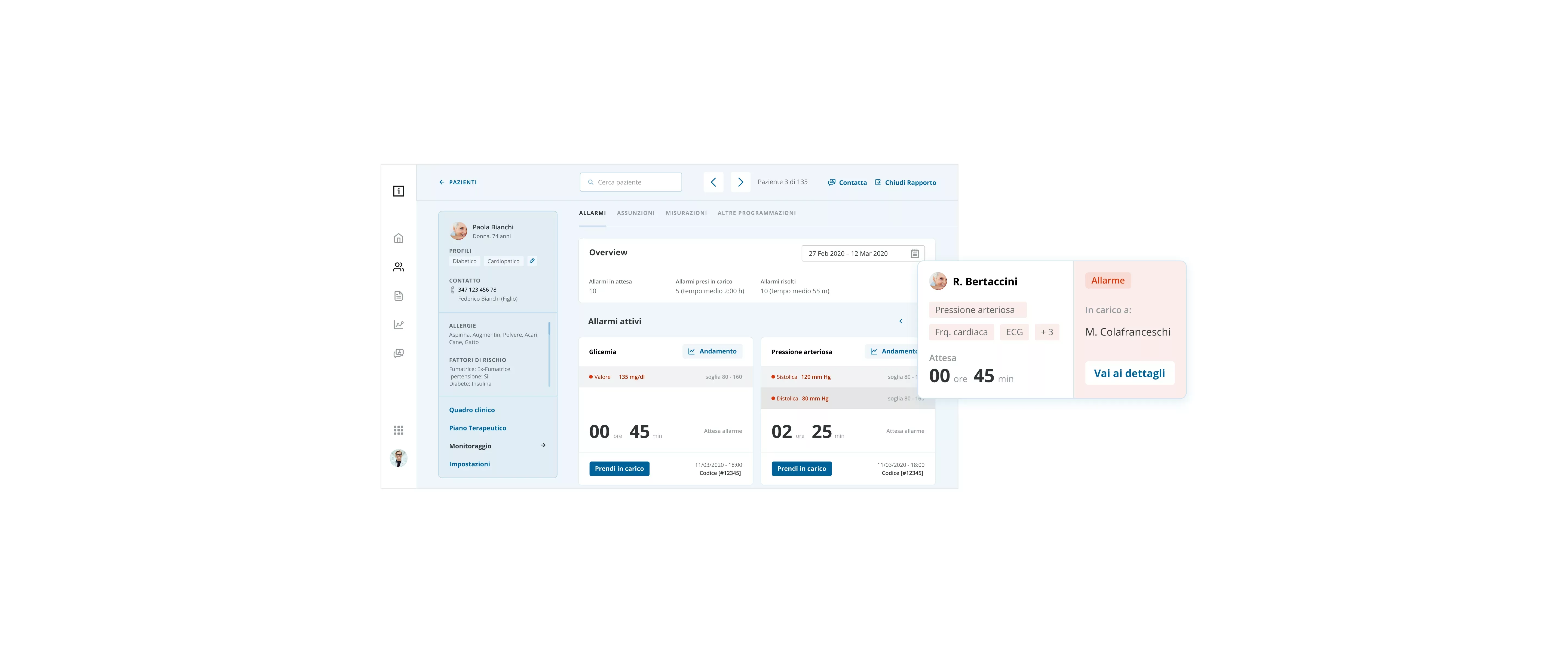
Measurements
Diagnosis support: a clear and immediate visualisation of measurements trends not only makes them easily comparable, but helps the operator to determine the nature of the alarm and, above all, provides the doctor with a more detailed picture for the diagnosis.
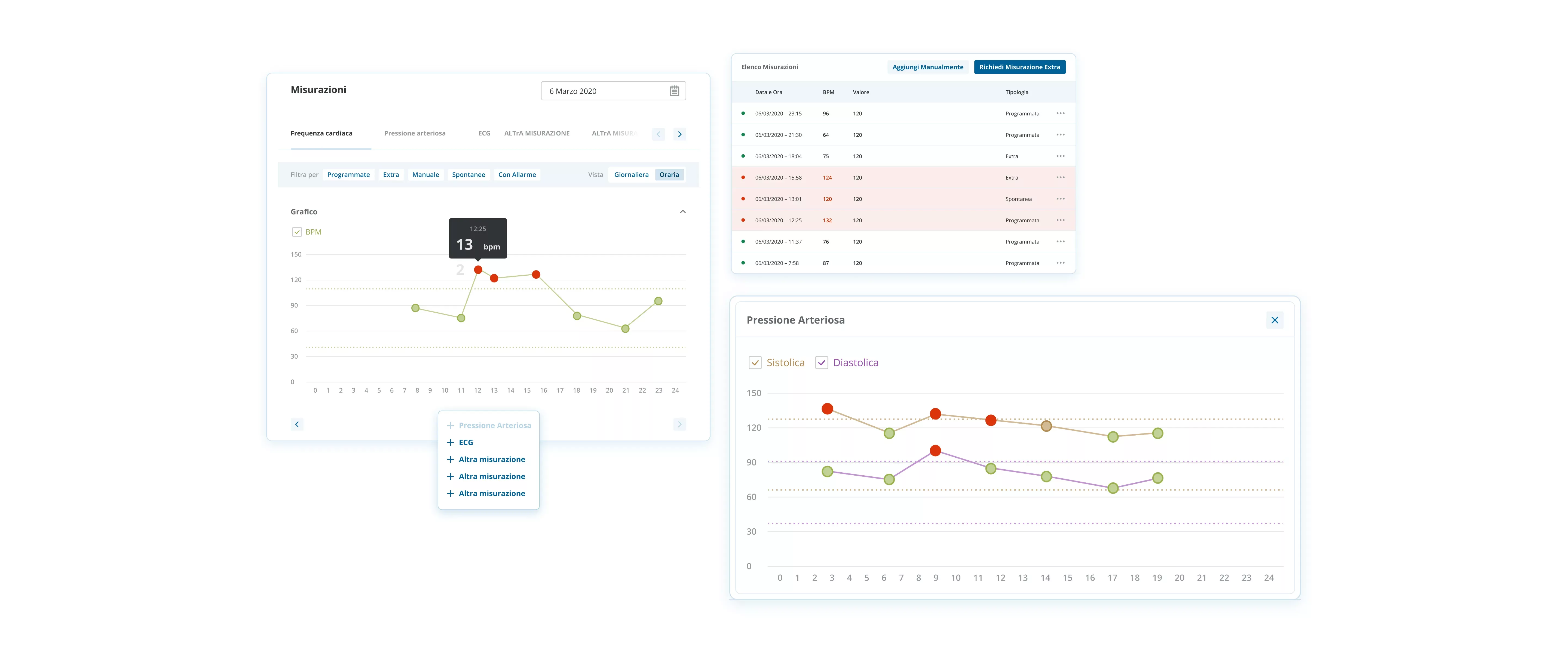
Medication intake
Digitisation of unwritten practices: one of the most complex visualisations is the overview of a patient's medication intake. The view must at the same time be a record, a memo for the immediate future and a forecaster of possible problems. By analysing the processes, we have digitally translated a great number of nurses and caregivers unwritten practices.
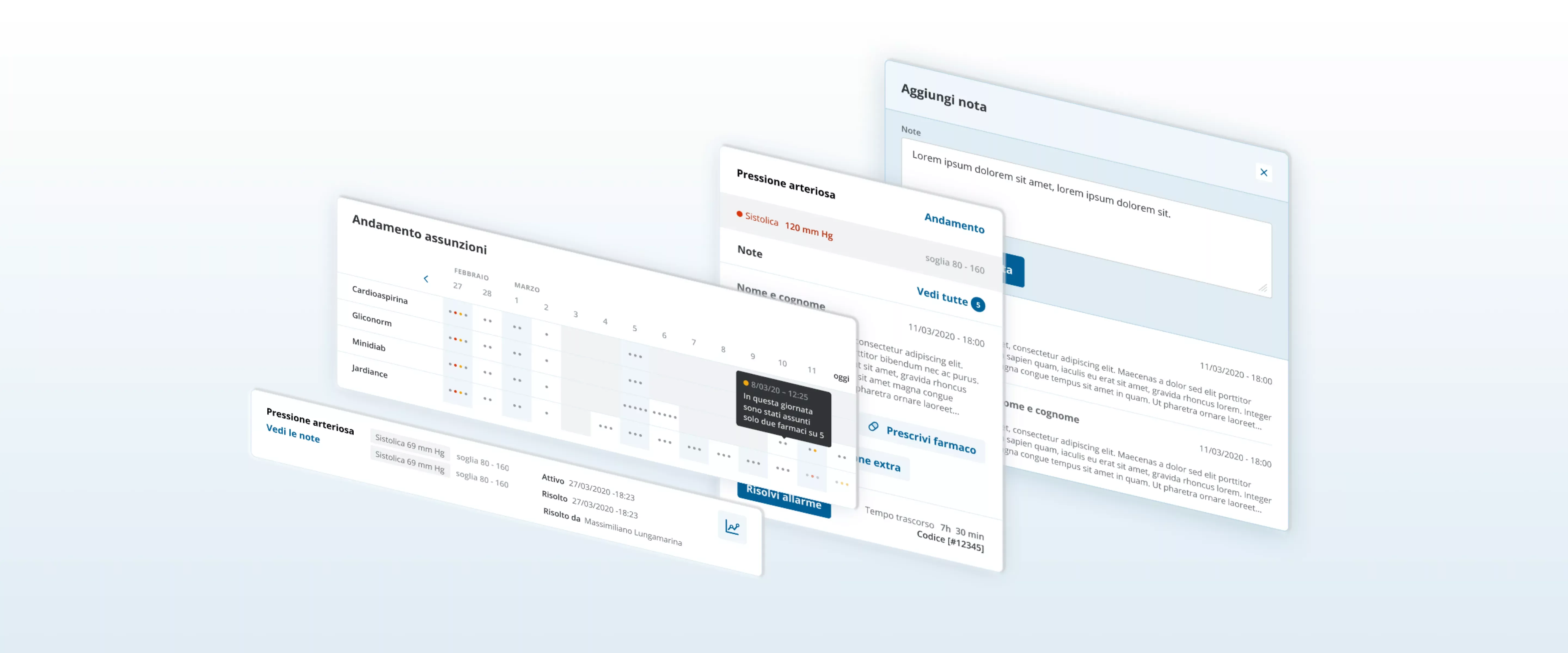
From doctor to patient: for each actor a different visualisation
Different priorities and selective attention: The system adapts visualisation priorities for each actor in the system. Doctors and operators have the same access, however, the system adapts according to their different roles. Differentiation allows the visualization of specific work priorities and, at the same time, clarifies responsibilities and activities.
Patients, on the other hand, can talk to operators and doctors through a dedicated app, designed to show them step by step the activities to be carried out, minimising cognitive load and arbitrary choices.
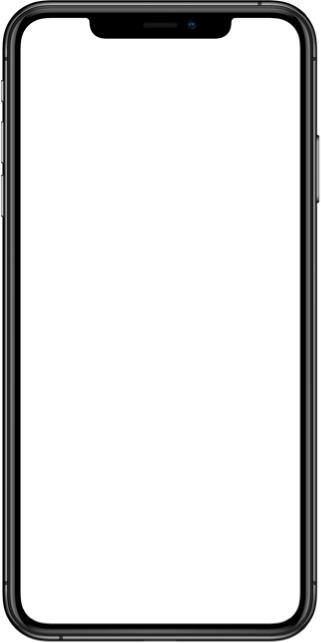

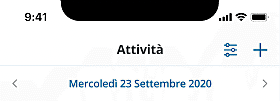







Process
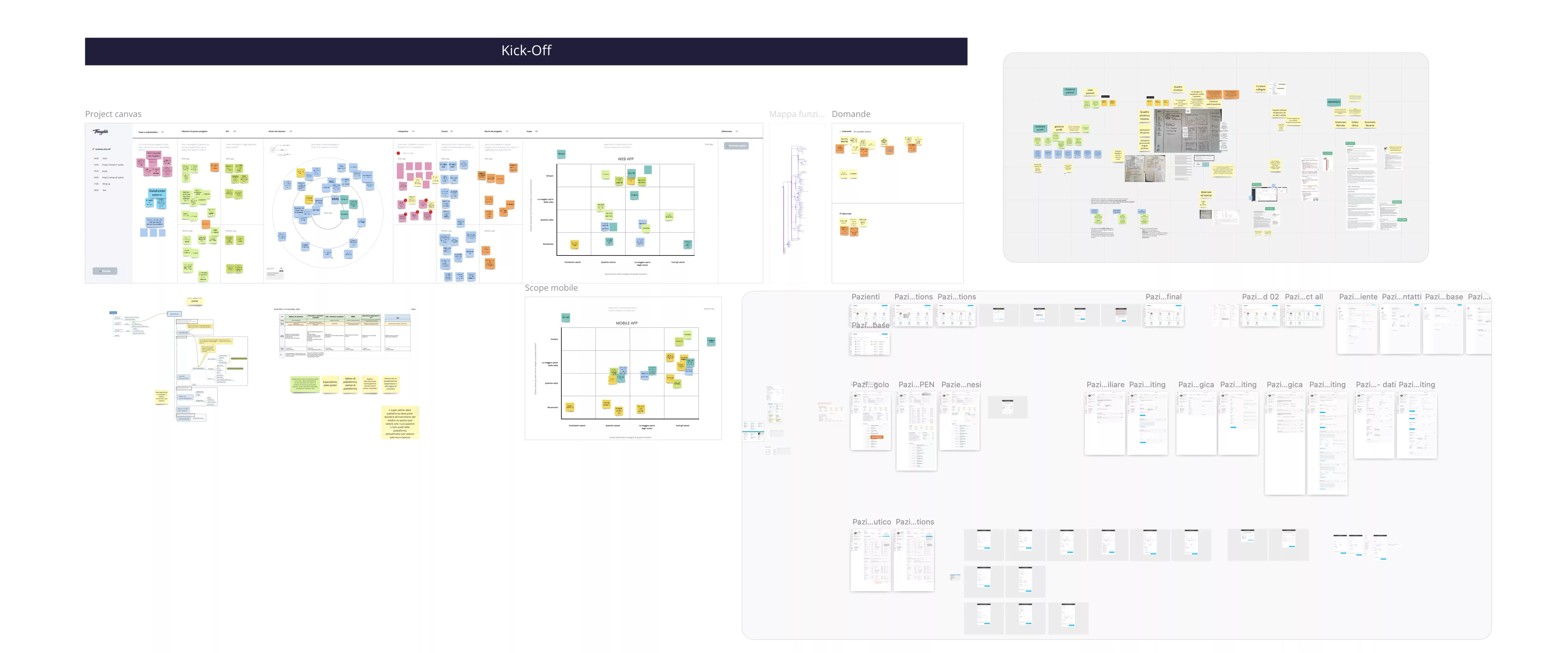
Research
A series of interviews with clinicians and practitioners and a literature analysis on the subject allowed us to identify the actors' workflows and points of friction within the current practices and software, laying the groundwork to redesign functionality around actual usage.
Prototype and collaboration
As Tim Brown of IDEO has often said, the prototype is the vehicle of the process. Therefore, it becomes the key product of both the design and the dialogue around the project. This was also the case when redesigning Sm@rtEVEN.
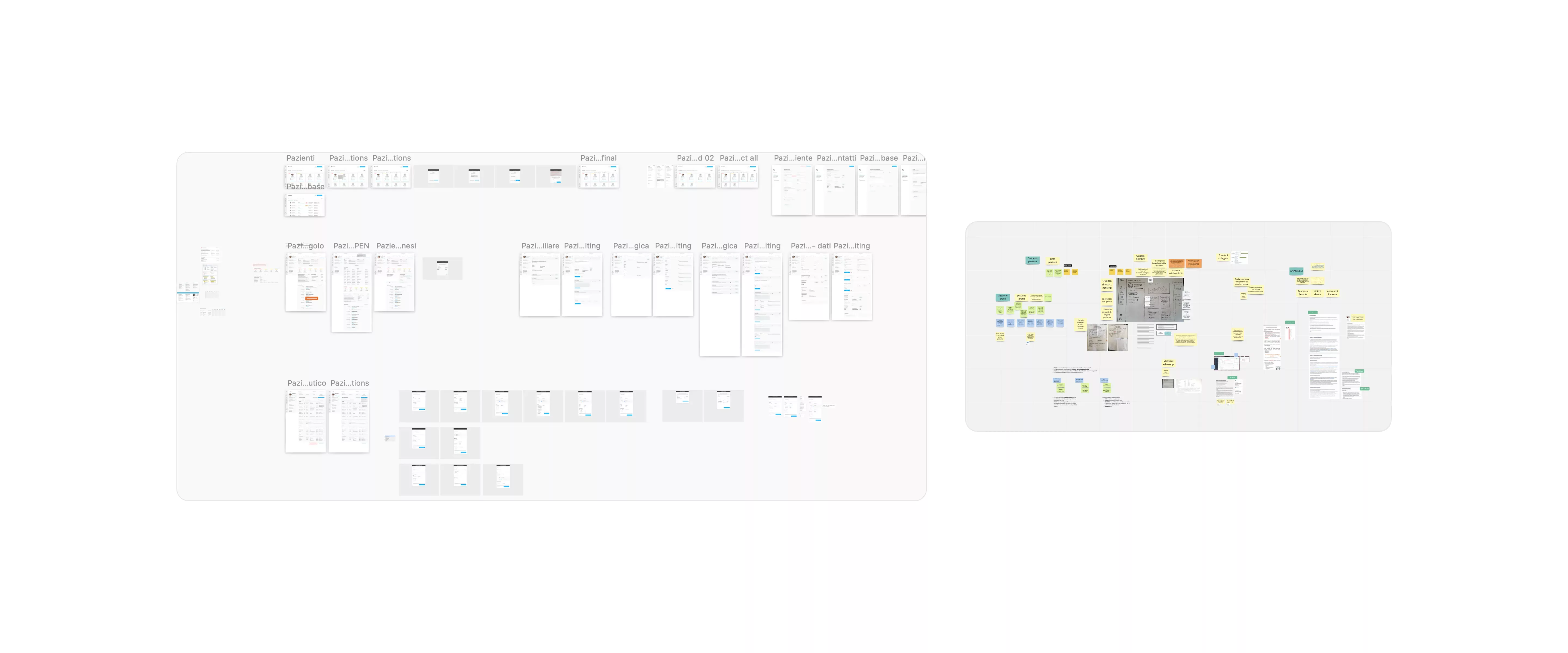
A library of components
Keeping in mind modularity and component reuse economy while designing allows us to think strategically over the long term, aiming to make the internal design team autonomous in the conception and development of new applications for the product suite. For Sm@rtEVEN we have created a modular and easily combinable library of components, able to reflect the behaviour designed for the specific application, while embracing possible suite development lines.
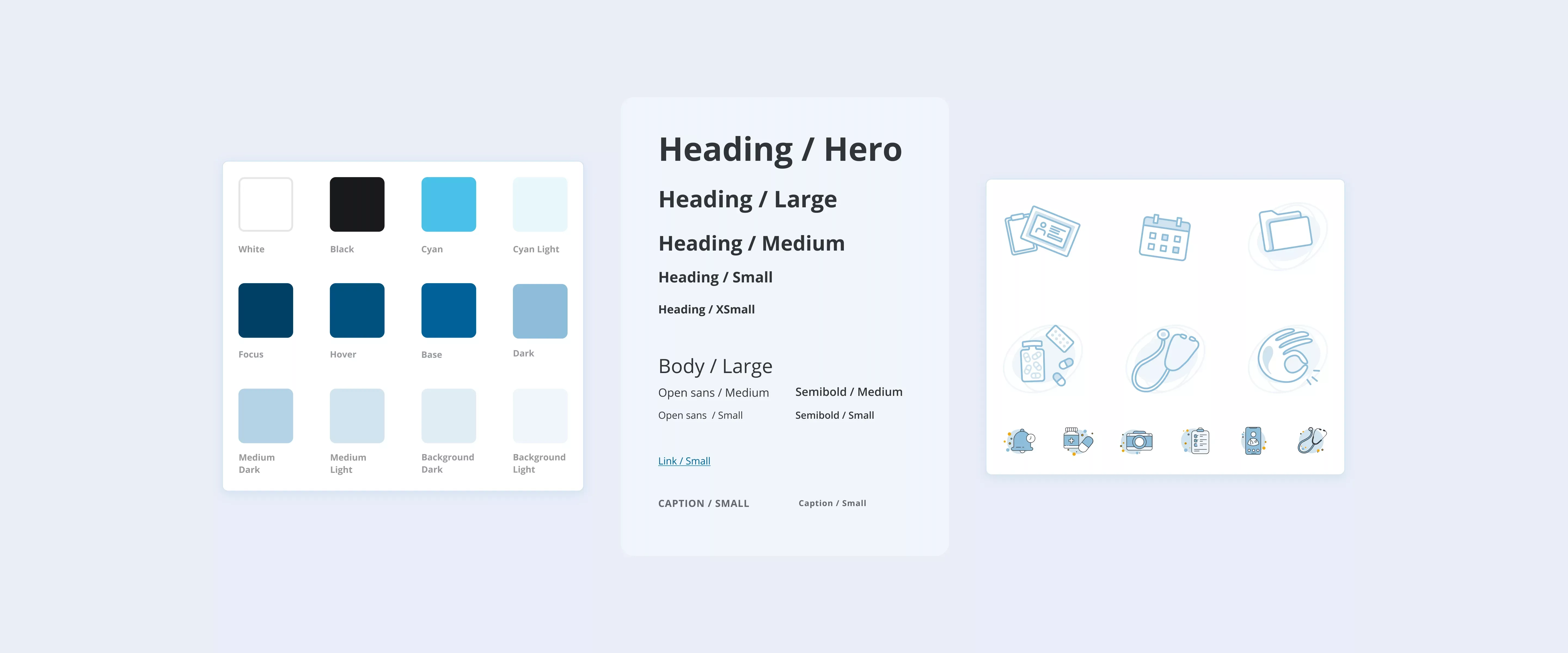
Working in consecutive iterations and thinking about quick and rapidly modifiable prototypes saved a considerable amount of time in the complex and expensive development phase, anticipating problems that we would only encounter later.
At the same time, prototyping made conversations about the work domain tangible, thereby making information gaps and proposed ideas suitability clear and manifest, thus enabling faster and more timely alignment.
Our expertise in digital product design is based on research, prototyping and collaboration, stakeholder coordination and in-depth analysis of business needs and people's needs. This allows us to give structure, form, modularity and coherence to the final product while creating the project ecosystem basis for further development.
Project team
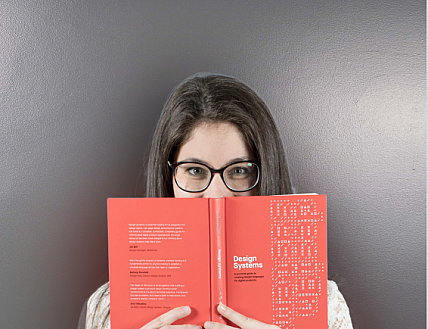
Veronica Fasulo
Interface Designer
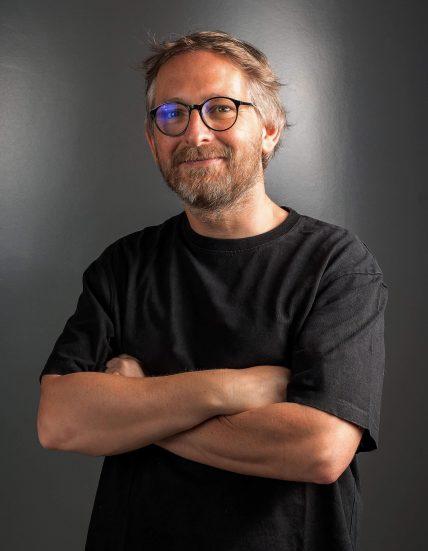
Marco Livi
Interface Designer
